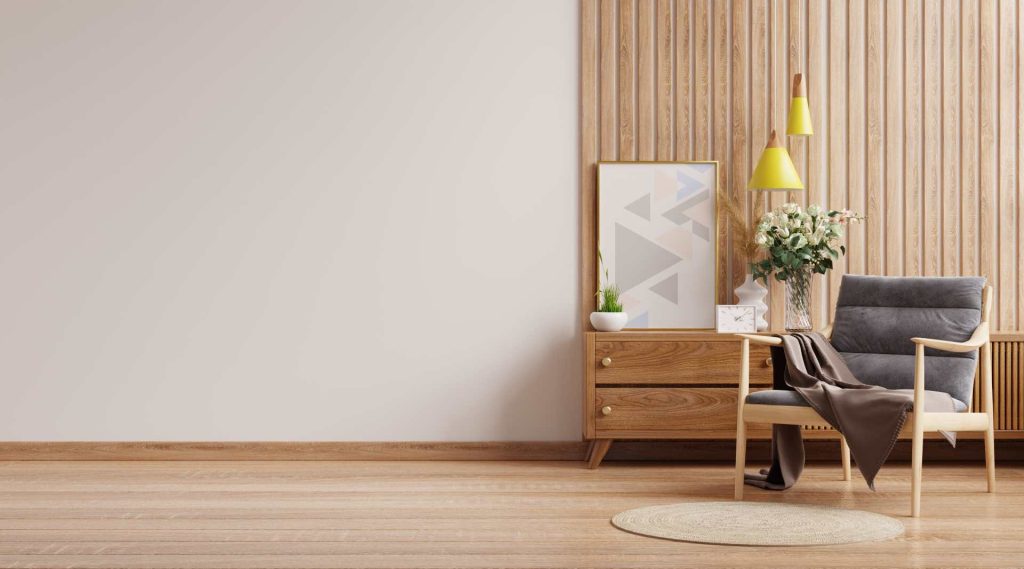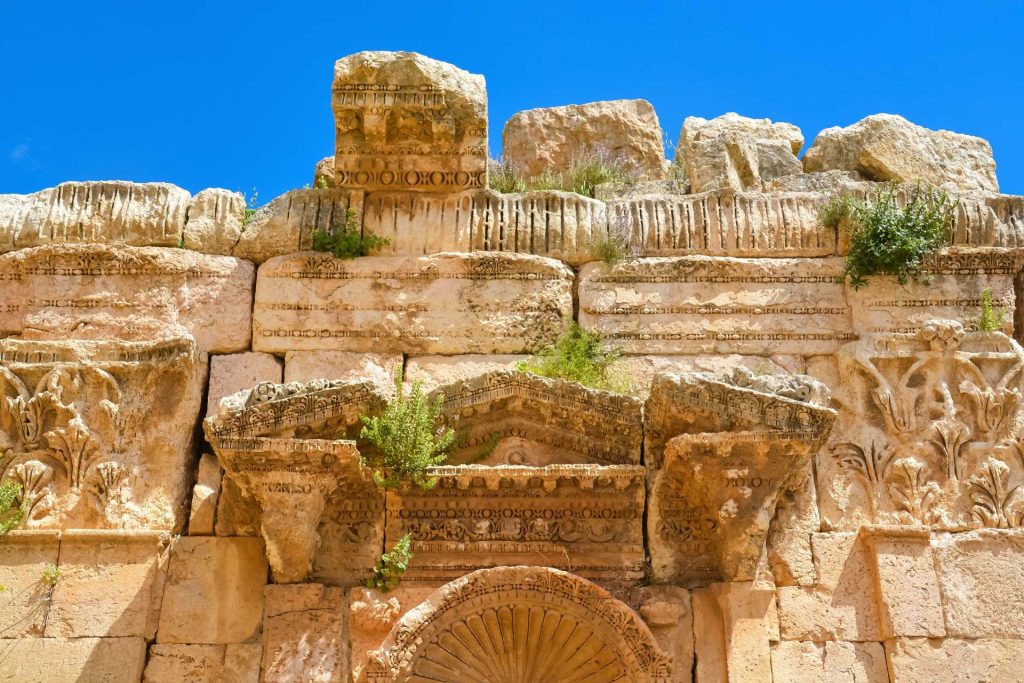Walls make up the majority of the urban world but are hardly ever noticed unless they are in the way. The humble wall has been used for thousands of years all over the world by just about every culture. Walls keep us safe from the elements and protect ourselves, and our families, and gives us a place to go at the end of the day.
The first walls were made out of mud and water as time went on the mud turned into sand and the water became limestone and mortar. Timber, steel, and glass make up the bulk of modern walls, housing, and infrastructure. In this blog, we’re going to be discussing the evolution of walls, their importance, and how they have developed over time.
The History Behind the Evolution of Walls
What is Used to Make Modern Walls?
In the modern age, we have moved on from certain insulators such as asbestos, which has proven toxic and has had deadly side effects for those who worked with it in the past decades. Installation is still a must even in warmer climates like Australia as it not only keeps a house at a thermally effective temperature it also helps prevent fire and helps with acoustic insulation. To fill the void left by asbestos builders have taken to using and installing plasterboards to keep walls safe and secure.
Plasterboards were also used to replace scrim and sarking which was a method that used wooden boards and was nailed to the beams of a house and a heavy, slackly intertwined cloth, called scrim, was then stapled or tacked over the top of the wood. This method proved to be not only ineffective for long-term insulation but is also a fire hazard as the scrim becomes loose and ‘floats’ loose in the wall.
What is Plasterboard Made of in Australia?
As we’ve established, the evolution of walls has changed quite a bit – especially the material that goes into the makeup of walls today. Plasterboard is made from a layer of gypsum plaster wedged between two layers of heavy-duty recycled paper. Gypsum is also the same material that is used to make chalkboards and sidewalk chalk. Plasterboards as we know them were invented in the late 18th century but were not used regularly in buildings in Australia until the 1960s.

Why Use Plasterboard?
Not only is it safer for workers to handle it is also an affordable choice for someone building a house, office, or public space. It also not going to come loose and create a fire hazard like the scrim and sarking method would in the past. Here at BetaBoard, we are considered one of the leading sellers of plasterboards in Australia and supply the bulk of the building materials Brisbane uses. Need someone reliable? We’re here for you.
Are All Plasterboards the Same?
No, as plasterboards can serve different purposes when you order plasterboard, it is important to know what you are using them for. Is it being used for basic walls and ceilings, to cover only part of a wall or are you after more technical boards? If you’re not sure what exactly it is that you’re needing – our team can help.
BetaBoard Are Here to Help
Did you enjoy reading about the evolution of walls? Looking for more? You can order plasterboard and additional building materials Brisbane home and business owners trust on our website today or visit any of our 5 stores to see our range in person. For more information, or if you have any general queries, get in touch through our online form – we’re always here to help!














